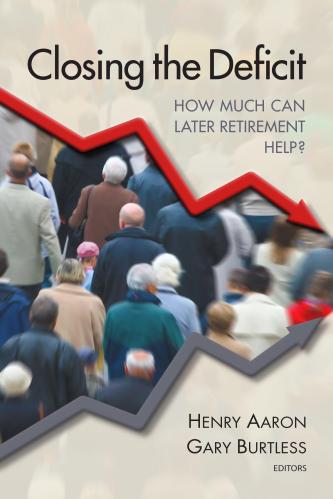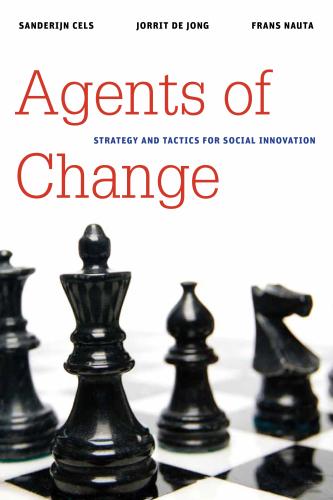Studies in this week’s Hutchins Roundup find that enhancing college quality rather than cutting tuition improves enrollment and completion rates; fiscal stimulus during economic downturns has few negative long-term consequences; and more.
Want to receive the Hutchins Roundup as an email? Sign up here to get it in your inbox every Thursday.
Enhancing college quality, not decreasing tuition, improves enrollment and completion
Colleges may use public subsidies either to increase spending to enhance quality or to lower tuition. Using completion and enrollment data for non-selective public colleges, David Deming of Harvard and Christopher Walters of Berkeley differentiate the effects of these alternatives. They compare the effects of state budget shocks, which affect both tuition and spending, and state tuition caps and freezes, which only affect tuition. The authors find that a 10 percent increase in spending leads to a three percent increase in enrollment and a two percent increase in degrees awarded, while tuition reductions have no effect on either of these outcomes.
Fiscal stimulus is effective at combating recessions with little cost
Public debt increased dramatically following the 2008 crisis, raising concerns that high debt burdens will limit governments’ abilities to counter future recessions. Alan Auerbach and Yuriy Gorodnichenko of Berkeley directly estimate the impact of various fiscal shock measures on fiscal stress for a large sample of developed countries. They find that expansionary fiscal policy during economic downturns not only stimulates output, but also reduces debt-to GDP ratios, interest rates, and spreads on government debt (which reflect expectations of default). Although the effect of increased fiscal spending is dampened when a country’s debt-to-GDP ratio is high, borrowing costs are still modest. They conclude that fiscal policy to counter the 2008 crisis should have been more expansionary.
Declining dynamism is not key driver of low U.S. growth
Many claim that declining dynamism—as measured by indicators such as new firm formations and job creation and destruction—explains lackluster U.S. productivity growth since 2005. Challenging this notion, Chang-Tai Hsieh of the University of Chicago and Peter Klenow of Stanford use data on the distribution of job flows to show that most productivity growth results from existing firms improving their own products, rather than from the entry of new firms or exit of old firms. This suggests that business dynamism is not central to growth, so declining dynamism can’t be the main explanation for declining growth, they argue. They estimate that declining dynamism accounts for less than 10 percent of the decline in annual productivity growth since 2005.
Chart of the week: Today’s immigrants are substantially more educated than those arriving 50 years ago
Quote of the Week:
“I’ve been very vocal in saying I think we’ve been very well-served by strong macroprudential regulation, particularly for the big banks. I’ve been an advocate for relief, regulatory relief, for small and mid-sized banks, but I think the country has been very well-served by strong regulation on systemically important financial institutions, particularly regular stress tests,” says Dallas Fed President Robert Kaplan.
“And those regular stress tests I think have been one of the reasons why we haven’t yet seen excess debt buildup in the economy… But it’s another reason why I’ve been saying, for example, watering down stress tests or making them less frequent right now to me would be a step in the wrong direction.”











Commentary
Hutchins Roundup: College federal funding, fiscal space, and more
August 31, 2017